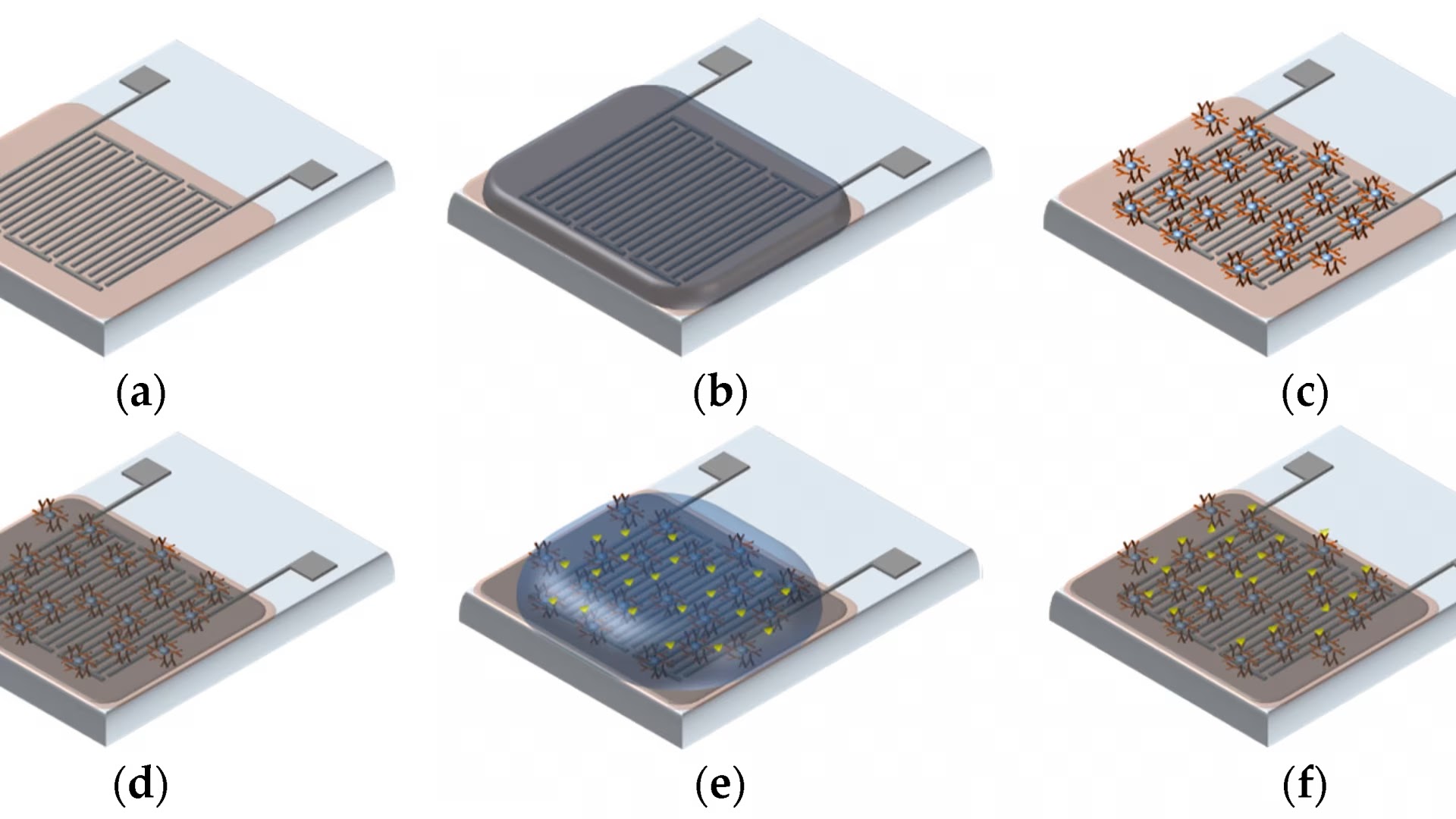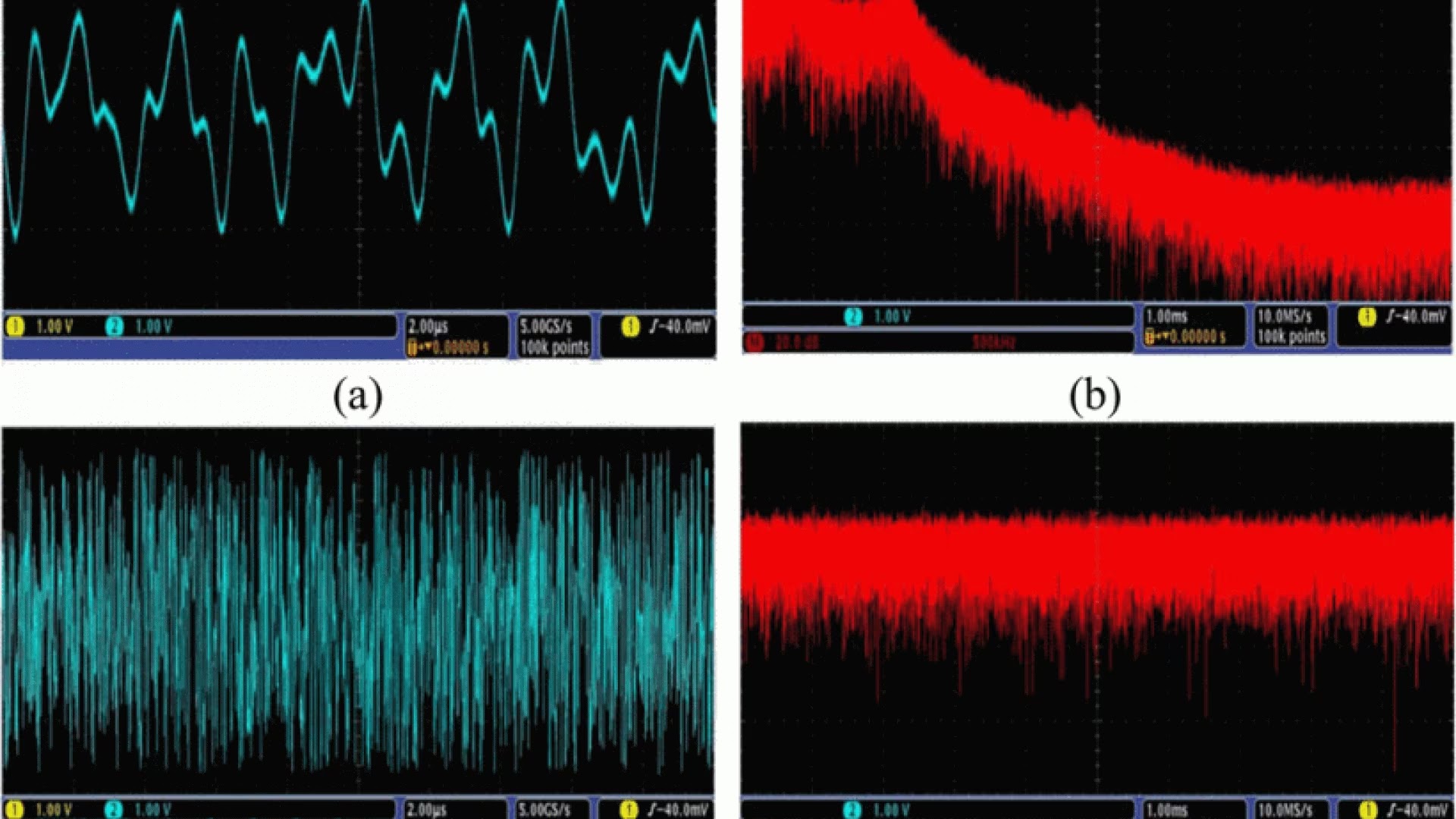Current Projects
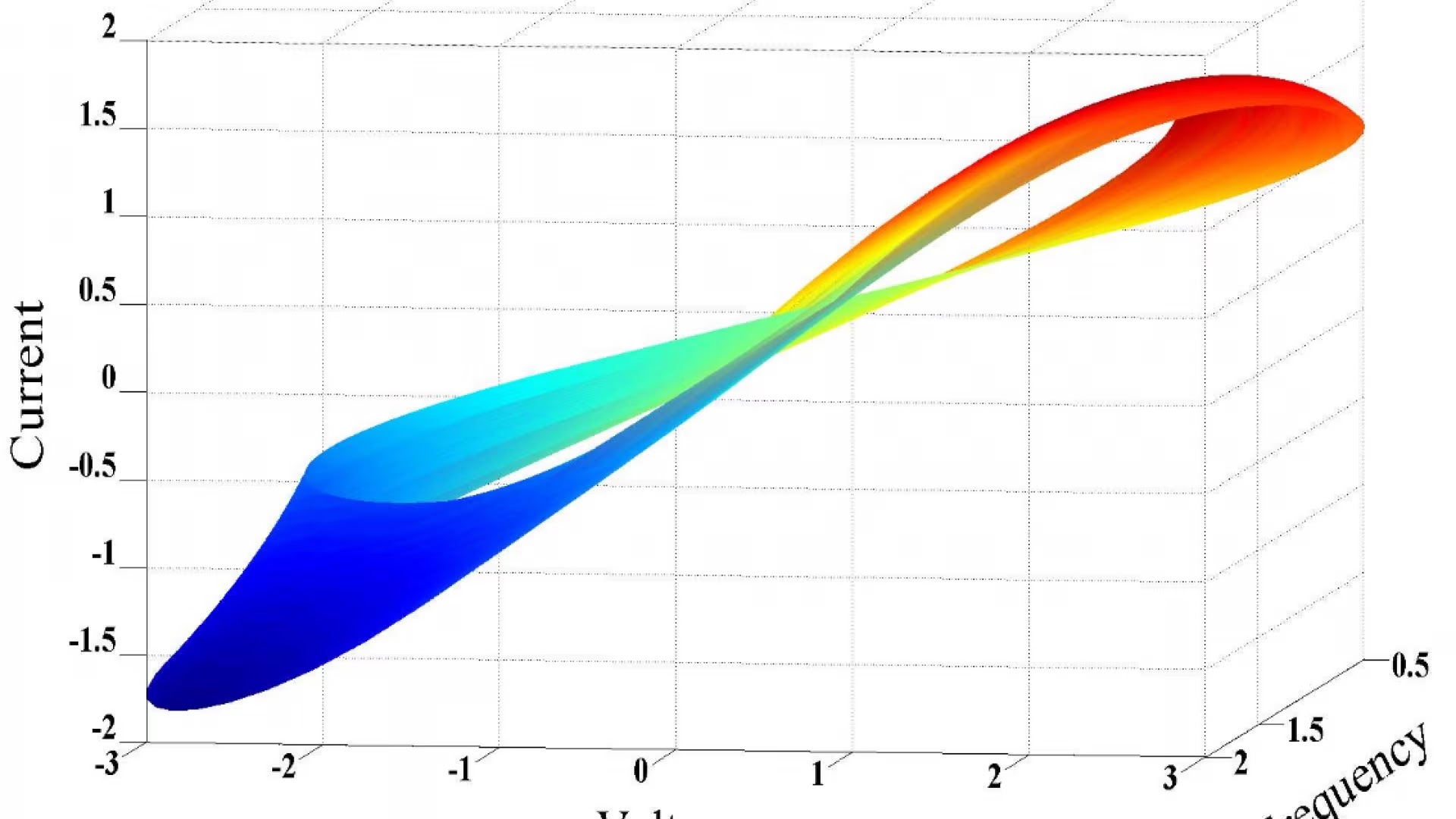
Memristor (M) is believed to be the fourth fundamental two terminals passive element, beside the Resistor (R), the Capacitor (C) and the Inductor (L). The existence of such element was postulated by Leon Chua in 1971, but without finding its passive realization. In 1978 Chua and Kang extends the idea to memristive devices and systems .

Understanding the brain behavior is currently gaining a huge attention worldwide. At the sensors lab, students under the supervision of Prof. K.N. Salama are exploring new computing technologies miming the way our brains process and store data. Using memristors to build neural networks reduces the required area significantly compared to classical circuits.
Past Projects
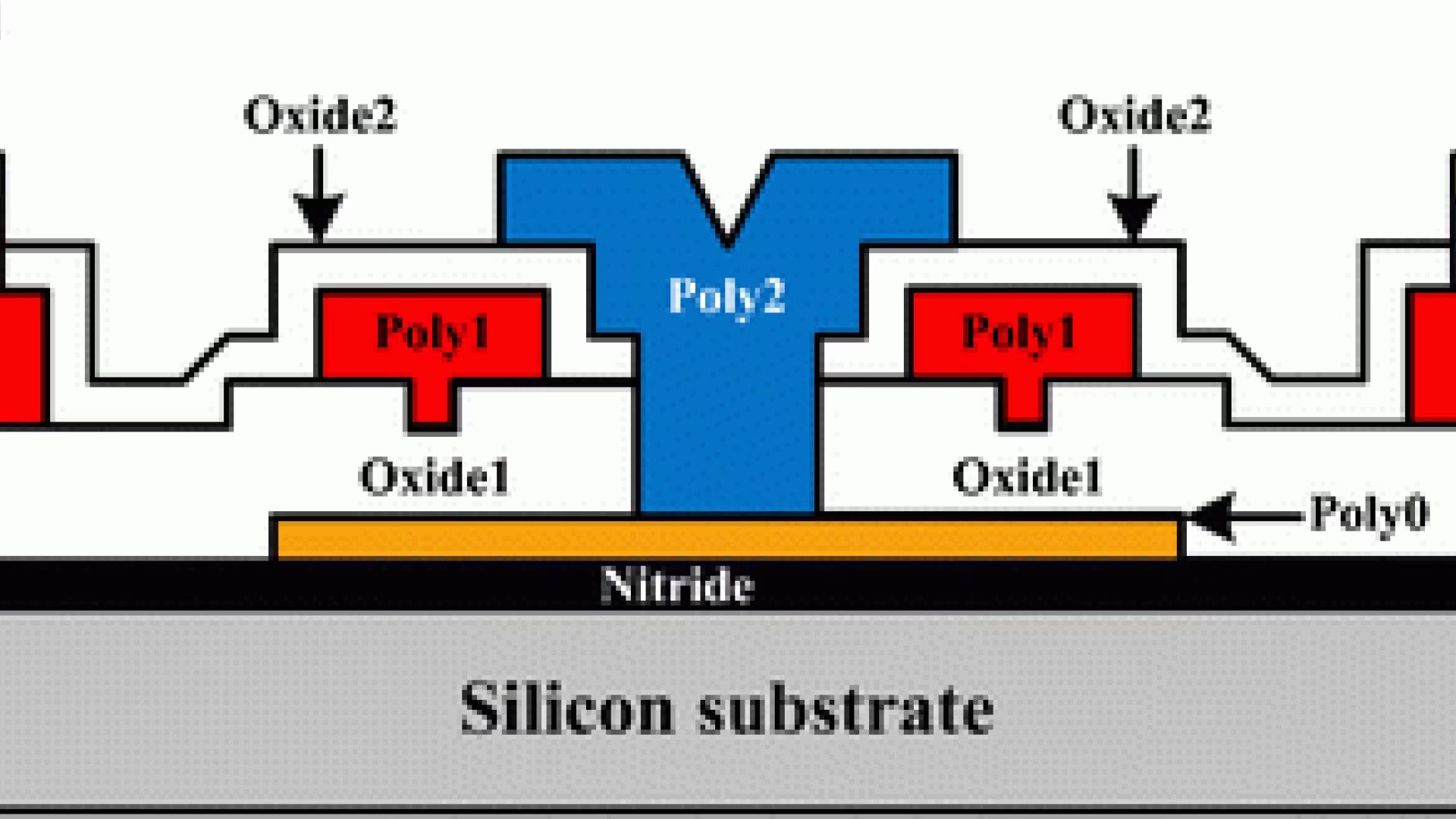
n this research area, we design fractal capacitors and fabricate them in MEMS processes to study the benefits that the fractal geometries bestow upon MEMS capacitors processwise. Fractal capacitors in CMOS were introduced chiefly to enhance the capacitance density. In MEMS, however, they offer several additional advantages from a very different viewpoint.

Multiple Input Multiple Output (MIMO) wireless communication has shown great promise for future communications systems as they achieve very high spectral efficiency. However, practical realizations of MIMO wireless communication systems have been limited by their difficulty of implementation.

Recently, a novel optical imaging device which is directly integrated into a microfluidic channel and achieves submicron imaging resolution comparable to that of conventional microscopes was reported by Yang and others and termed Optofluidic Microsopy (OFM). This new compact imaging device functions as a lab-on-a-chip to capture very high resolution images of biological samples flowing in microfluidic channels.

Applications of THz technology such as sensing of drugs and explosives materials, biomedical imaging, and security imaging require THz detectors with fast response time. The most common THz detectors available now are bolometers, pyroelectric detectors, Schottky diodes , and photoconductive detectors.
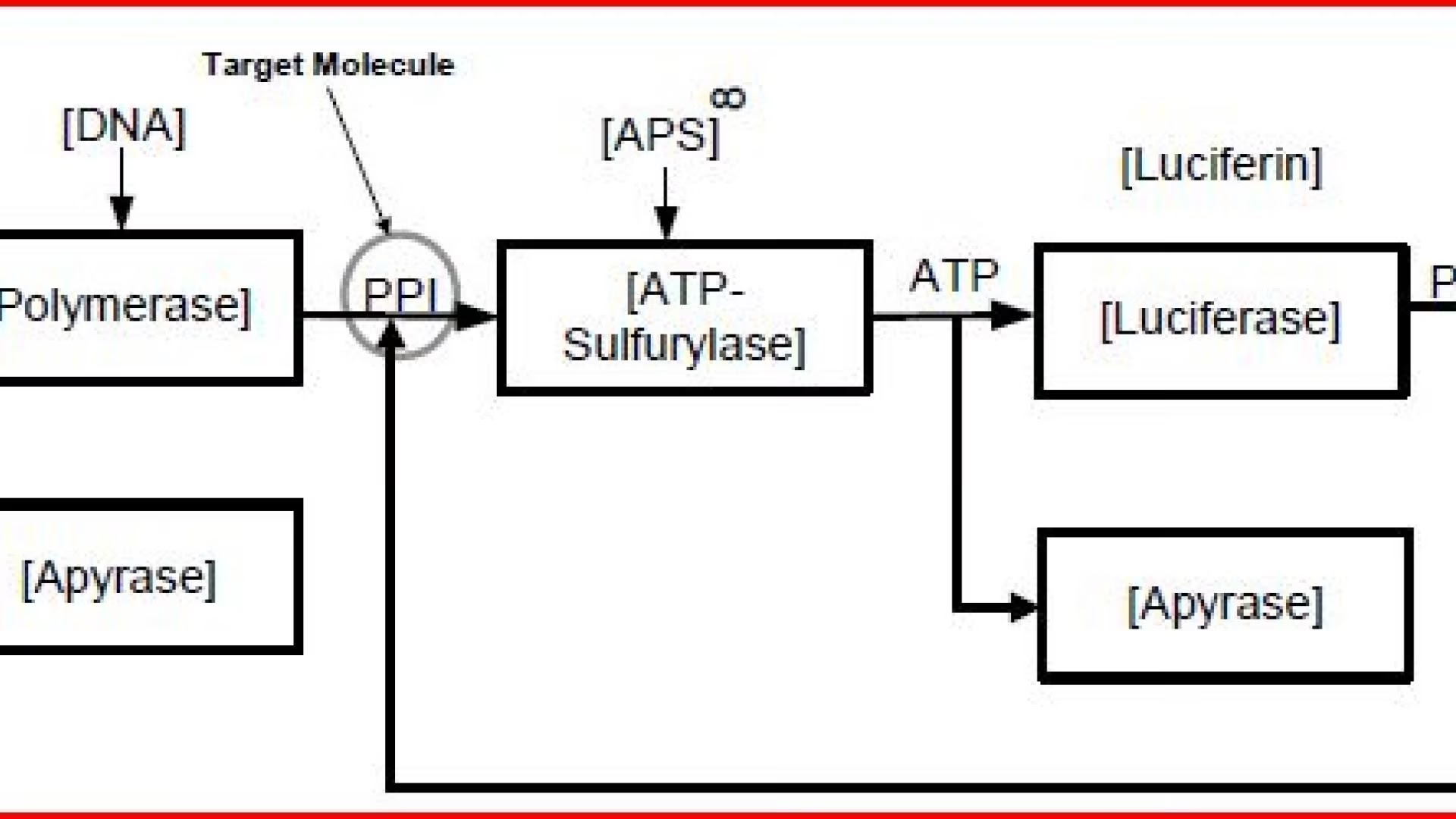
Bioluminescence whereby light is emitted as a result of a chemical reaction offers several advantages over other photo-emissive detection methods such as fluorescence, including low background and the utilization of reagents with extended shelf life. Also, since no filters or excitation sources are needed, lab-on-chip integration is considerably easier.
This material is presented to ensure timely dissemination of scholarly and technical work. Copyright and all rights therein are retained by authors or by other copyright holders. All persons copying this information are expected to adhere to the terms and constraints invoked by each author's copyright. In most cases, these works may not be reposted without the explicit permission of the copyright holder. ©20xx IEEE. Personal use of this material is permitted. However, permission to reprint/republish this material for advertising or promotional purposes or for creating new collective works for resale or redistribution to servers or lists, or to reuse any copyrighted component of this work in other works must be obtained from the IEEE.
